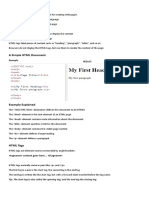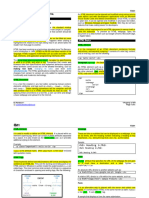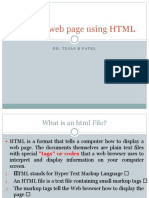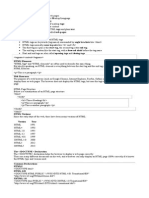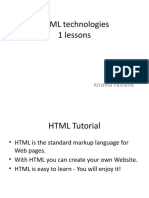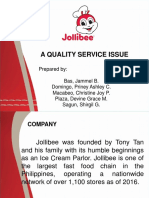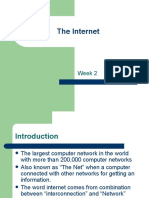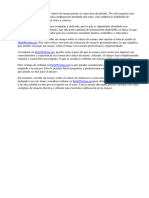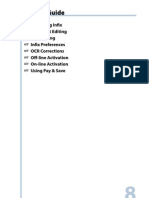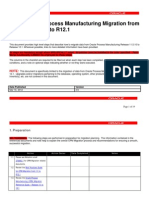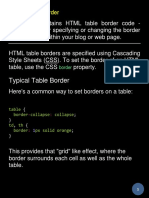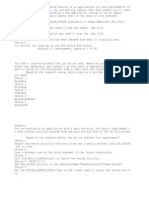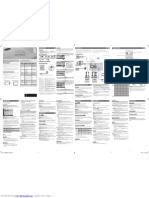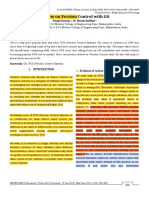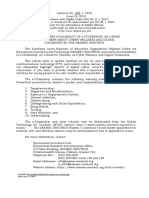0% found this document useful (0 votes)
67 views7 pagesHtml. File Ni Love
Here are 3 HTML files with basic tags and formatting:
Home.html
<!DOCTYPE html>
<html>
<head>
<title>Welcome Page</title>
</head>
<body>
<h1 style="color:blue;">Welcome to my page</h1>
<p>This is the home page of my basic website.</p>
</body>
</html>
AboutMe.html
<!DOCTYPE html>
<html>
<head>
<title>About Me</title>
</head>
<body>
<h2>All about myself...</h2>
<img src="photo.jpg"
Uploaded by
Christine Joy Pellos MacabeoCopyright
© © All Rights Reserved
We take content rights seriously. If you suspect this is your content, claim it here.
Available Formats
Download as DOCX, PDF, TXT or read online on Scribd
0% found this document useful (0 votes)
67 views7 pagesHtml. File Ni Love
Here are 3 HTML files with basic tags and formatting:
Home.html
<!DOCTYPE html>
<html>
<head>
<title>Welcome Page</title>
</head>
<body>
<h1 style="color:blue;">Welcome to my page</h1>
<p>This is the home page of my basic website.</p>
</body>
</html>
AboutMe.html
<!DOCTYPE html>
<html>
<head>
<title>About Me</title>
</head>
<body>
<h2>All about myself...</h2>
<img src="photo.jpg"
Uploaded by
Christine Joy Pellos MacabeoCopyright
© © All Rights Reserved
We take content rights seriously. If you suspect this is your content, claim it here.
Available Formats
Download as DOCX, PDF, TXT or read online on Scribd
/ 7




















